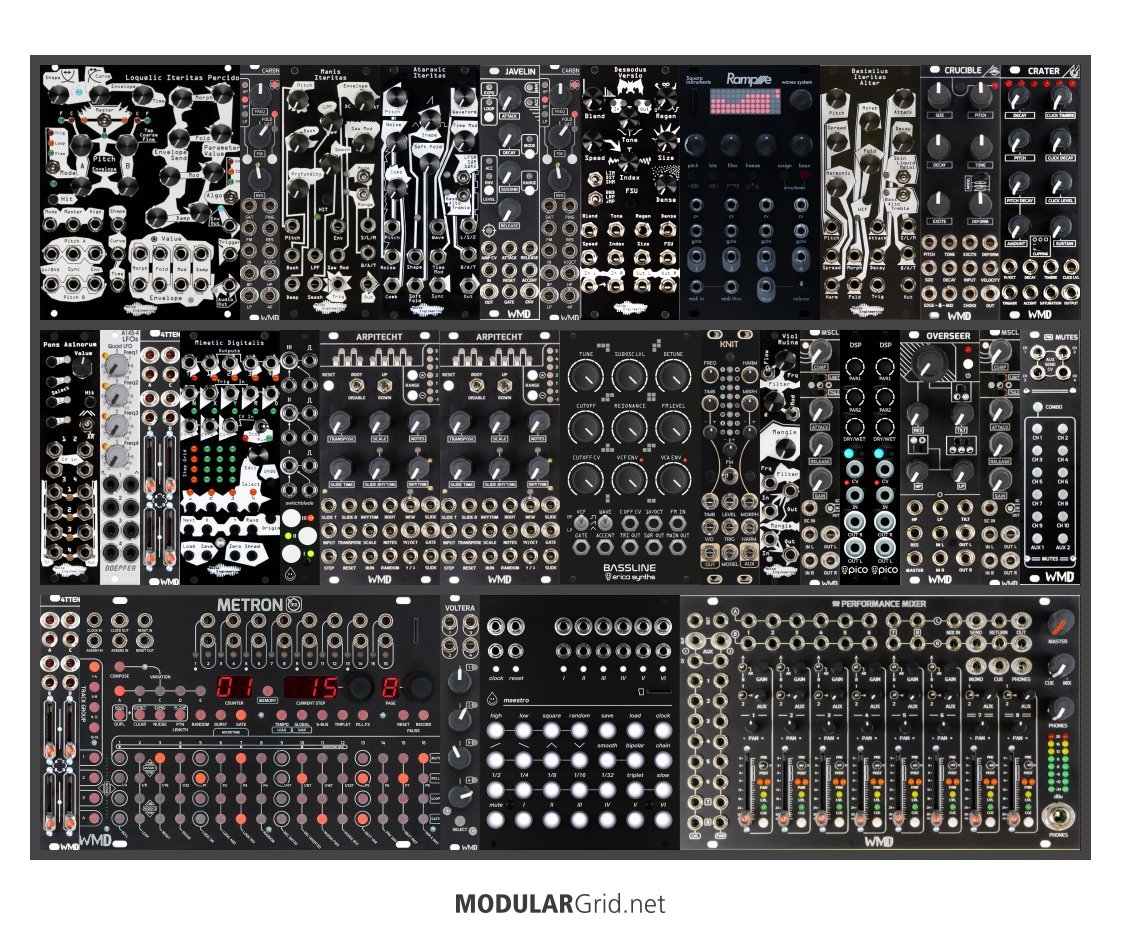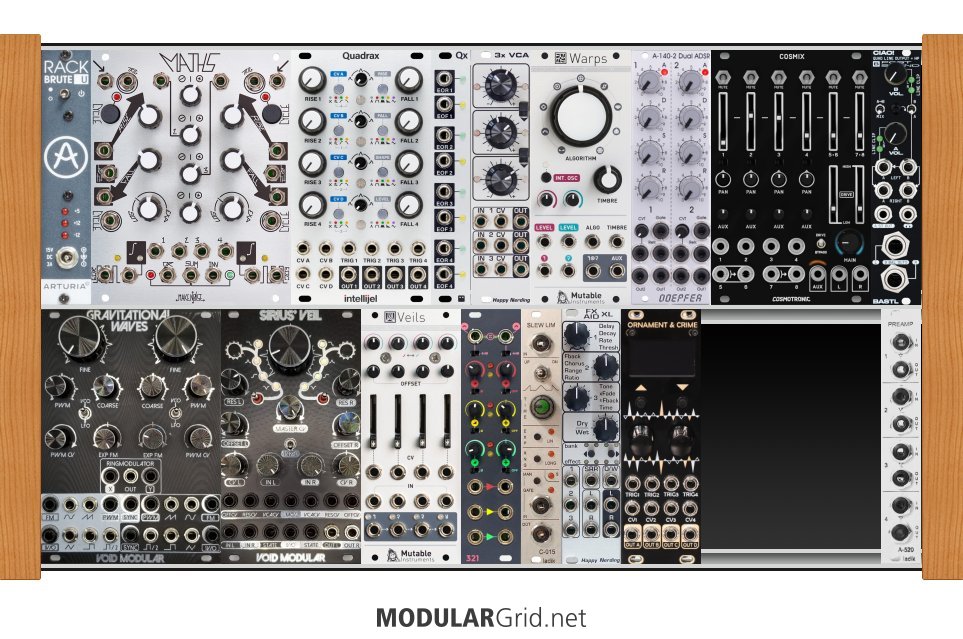I'm afraid that my own solutions won't be of much use to you, but I will describe them briefly. For technical papers, the standard in my field is the open-source program TeX/LaTeX. It is not "what you see is what you get" (WYSIWYG) like Word; rather, a LaTeX document is plain text where formatting code is interspersed with content, and the document is then rendered to PDF. There are apps which facilitate this or even render incrementally so you can regain some of the WYSIWYG benefits. It is the standard because it can be used relatively quickly at a high level, if one is banging out a letter, but offers complete control down to a very low level if you want (computer scientists love this) and because its handling of mathematics is unbeatable.
But I also use straight LaTeX only under duress, and prefer these days to work at a higher level, using Scribble, the documentation language for an open-source programming language called Racket (a dialect of Scheme, or LISP). Scribble is built on top of Racket and so has elegant ways to handle much automation. It renders not only to PDF (through LaTeX) but to HTML for webpages. So I use it to build course Web pages, and all associated documents, including course notes and proto-textbooks. If you are curious, and do a Web search on my handle, you will find my university home page with links to my materials.




